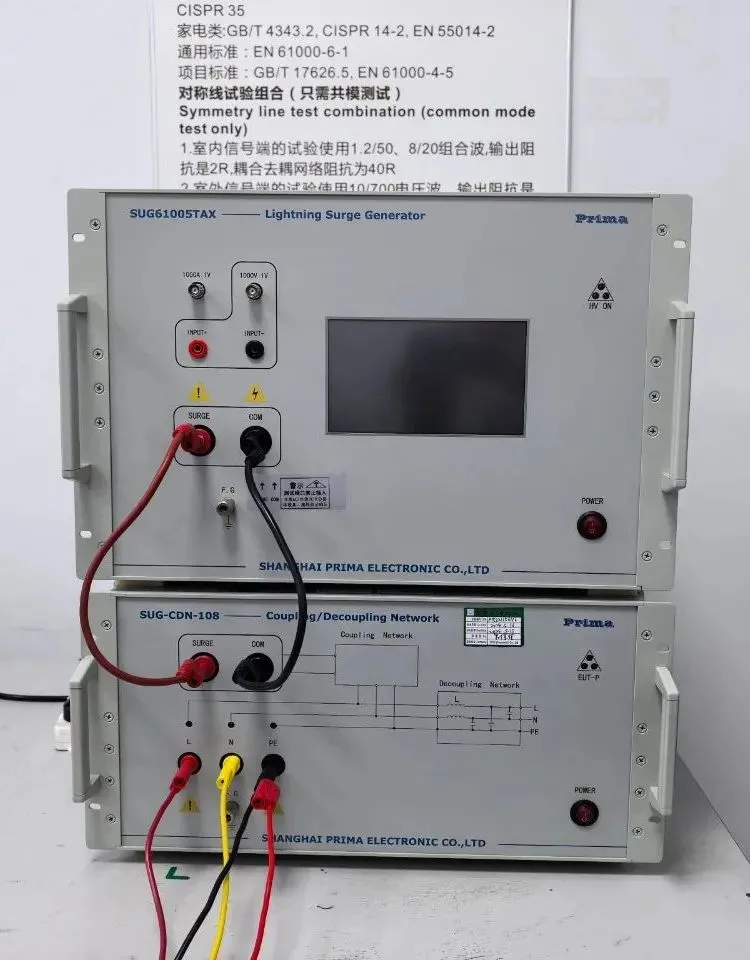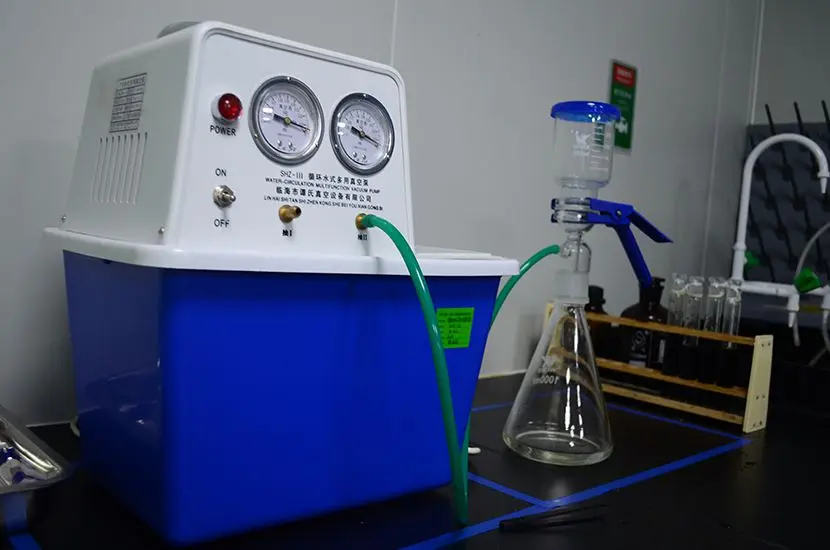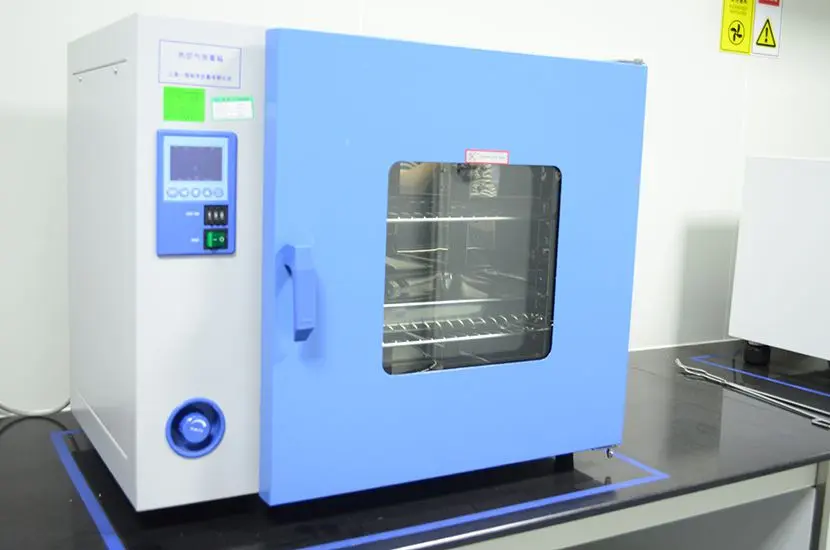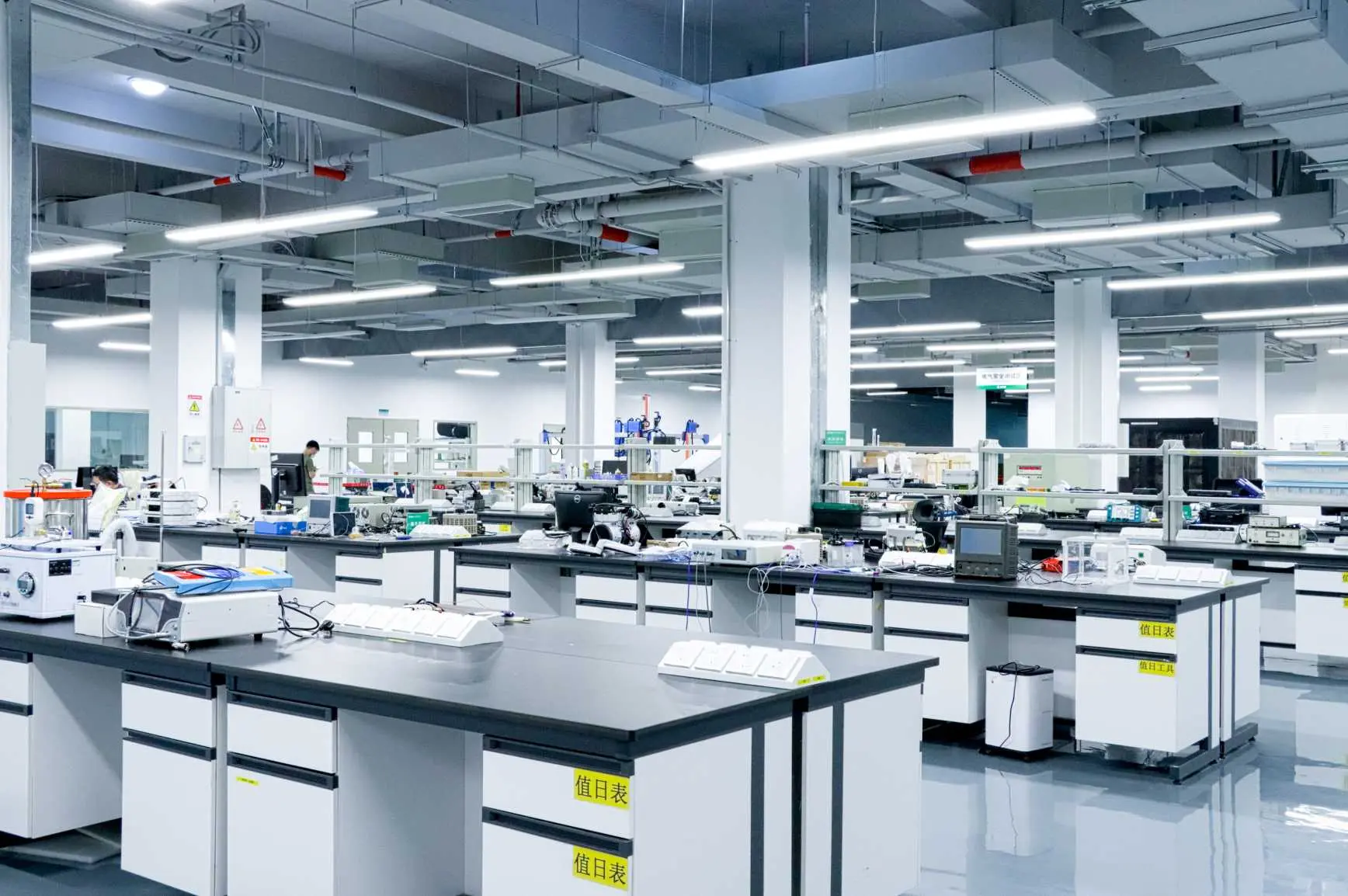
What is US Energy Efficiency Certification?
What is ENERGY STAR?
ENERGY STAR is a joint program established by the U.S. Department of Energy (DoE) and the Environmental Protection Agency (EPA). This program sets comprehensive energy efficiency specifications for consumer electronics, office equipment, household appliances, and external power supplies, making it one of the most widely recognized certification programs globally. ENERGY STAR collaborates closely with many countries and regions worldwide to harmonize energy efficiency standards.
The ENERGY STAR program is managed by the Environmental Protection Agency (EPA). ENERGY STAR is a voluntary labeling program: the EPA sets energy efficiency specifications, and individuals who meet these specifications can choose to display the ENERGY STAR logo.
Advantages of the ENERGY STAR logo:
Although ENERGY STAR certification is not mandatory, it offers several clear advantages:
Provides consumers with energy-efficient products, saving them money
Enhances the reputation of your brand as environmentally conscious
Limits the risk of reputational damage
Creates a competitive advantage
Products Eligible for ENERGY STAR:
◆ Household appliances: such as refrigerators, air conditioners, washing machines, dishwashers, dehumidifiers, etc.;
◆ Consumer electronics: such as televisions, VCRs, cordless phones, DVD products, etc.;
◆ Heating and cooling equipment: such as heat pumps, boilers, central air conditioners, etc.;
◆ Computers and office equipment: such as computers, monitors, printers, fax machines, copiers, all-in-one machines, etc.;
◆ Lighting equipment: such as compact fluorescent lamps, exit signs, ceiling fans, etc.;
◆ Industrial and commercial products: such as transformers, power supplies, commercial fryers, commercial refrigerators, etc.;
◆ Large commercial buildings and new homes, doors, windows, etc.
Testing Contents of ENERGY STAR:
1. Safety, EMI, surge, noise (non-energy efficiency testing items) Optical performance and energy efficiency testing items:
2. Luminous efficacy, luminous flux
3. Color temperature, color deviation, color rendering index
4. Light intensity distribution, spatial light distribution
5. Chromaticity space uniformity
6. Switching cycle
7. Light flux maintenance rate
8. Color maintenance rate
9. Dimensions
10. Electrical parameters
ENERGY STAR Standards:
ENERGY STAR® Program Requirements for Electric Vehicle Supply Equipment V1.1
· Scope:
1) Level 1 EVSE (single-phase input 120Vac, maximum output current ≤16A)
2) Level 2 EVSE (single-phase input range 208Vac~240Vac, maximum output current ≤80A)
3) Dual Input Level 1 and Level 2 EVSE
4) DC-output EVSE with output power less than or equal to 350 kW (The maximum output power of DC charging piles shoULd not exceed 350kW)
· Key indicators for DC charging piles:
1) State: No Vehicle Mode, Partial On Mode, On Mode (Idle Mode, Operation Mode)
2) Temperature: -7℃, 20℃, 40℃
3) Conversion efficiency: The average conversion efficiency of DC charging piles with power not exceeding 65kW should be above 93%
4) Standby power consumption: Depends on P Display (High Resolution Display)
· Key indicators for AC charging piles:
1) State: No Vehicle Mode, Partial On Mode, On Mode (Idle Mode, Operation Mode)
2) Temperature: -25℃
3) Standby power consumption: Determined by different configurations (Wi-Fi, Cellular, LAN, High Resolution Display)
The difference between V 1.1 and V1.2 (Draft) lies mainly in the AC pile section, while the DC pile section remains unchanged.
ENERGY STAR® Program Requirements for Electric Vehicle Supply Equipment V1.2 (Draft)
1) Added definitions for speaker, PLC board (ISO 15118), RFID card reader, Revenue Grade Meter, and cREDit card reader; additional power consumption can be added in No Vehicle, Partial On, and Idle modes;
2) Due to the addition of many new functions to EVSE, the basic power consumption has changed from 2.6W to 4W;
3) AC pile section requires adding PLC communication.
Documents Required for ENERGY STAR Certification in the United States:
1. Complete product samples 1-2 sets
2. Application form
Processing Time for ENERGY STAR Certification in the United States:
Approximately 2-3 weeks
ENERGY STAR Certification Process in the United States
1. Before submitting products for ENERGY STAR certification, the applicant signs a cooperation agreement with the EPA to become an EPA Partner and then registers an account; (This step takes a long time, estimated to be 1-2 months)
2. The applicant sends samples to EPA-accredited laboratories for testing to determine compliance with certification standards;
3. After testing is completed by an EPA-accredited laboratory, submit the test report and other relevant information to a cb certification body for certification;
4. After the CB body approves, issue the energy star certificate and send the product information to the EPA;
5. The EPA regularly publishes product information on the ENERGY STAR website every month;
6. Applicants participate in annual verification testing and sampling. The certification body will periodically monitor and sample certified products to ensure that their quality and performance meet certification standards. If the test does not meet the standards, the qualification will be revoked."
Email:hello@jjrlab.com
Write your message here and send it to us
 What Are the Testing Items of California Propositi
What Are the Testing Items of California Propositi
 E-Cigarette EU TPD Testing
E-Cigarette EU TPD Testing
 Testing Certification for E-cigarettes Exported to
Testing Certification for E-cigarettes Exported to
 What is Amazon US CPC Certification?
What is Amazon US CPC Certification?
 UK Toy Safety Regulation Standard EN 71-13
UK Toy Safety Regulation Standard EN 71-13
 What is EU UFI Registration?
What is EU UFI Registration?
 EU UFI Registration for E-cigarette E-liquid
EU UFI Registration for E-cigarette E-liquid
 How to get the MSDS Report for Electronic Cigarett
How to get the MSDS Report for Electronic Cigarett
Leave us a message
24-hour online customer service at any time to respond, so that you worry!




